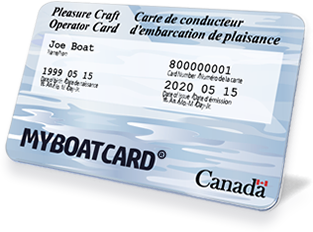Right of Way Rules

If a power-driven vessel (A) approaches your powered vessel (B) in your port sector, maintain your course and speed with caution and be ready to take evasive action quickly if the approaching vessel does not take action to stay clear of you.

If a power-driven boat (A) approaches your power-driven vessel (B) from directly in front of you, then you should deliver one short-blast sound signal and alter your course to starboard so that your vessel passes the approaching vessel on your port side.

If any vessel (A) approaches your vessel (B) from within your stern sector (behind you), maintain your course and speed with caution. Any vessel overtaking another must take early and substantial action to keep well clear of the vessel being overtaken. This rule applies to both powered vessels and sailing vessels.

If your power-driven vessel (A) is on a crossing course with either a sailboat (B) or a vessel that is fishing with nets or trawls, you must take substantial action (alter your course and speed) to keep well clear of the other vessel. (Note: sailing vessels must take early and substantial action to keep clear of vessels fishing with nets or trawls. Just because a commercial fishing vessel with nets or trawls is a powered vessel does not mean that the sailboat has the right of way).
As a general rule, rowboats, sailing vessels, and canoes are less manoeuvrable and therefore have the right-of-way over power-driven boats. However, if one vessel is unable to manoeuvre as it normally would, the most manoeuvrable vessel gives way.

